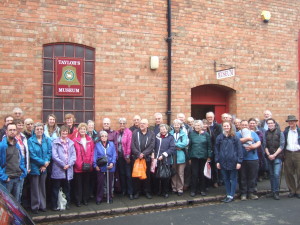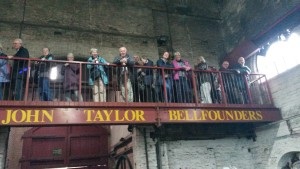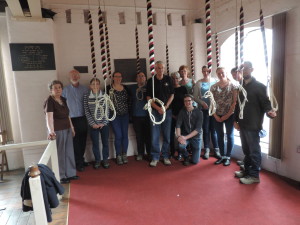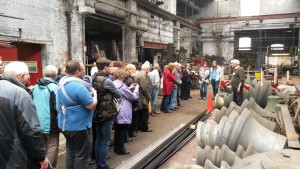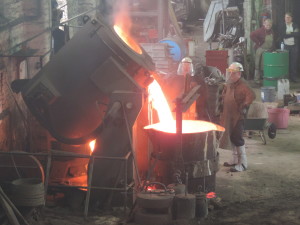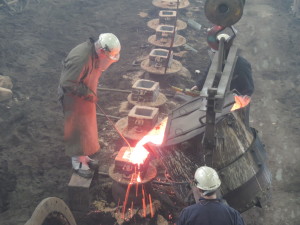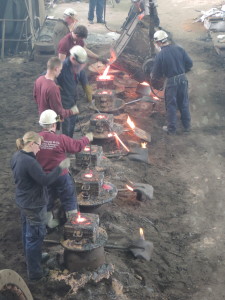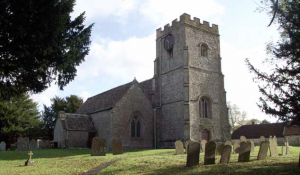
New Bell Ringers
We are looking for new ringers, and welcome learners of both sexes from aged 9 years upwards.
If you are a lapsed ringer, please consider joining the band.
Tower Captain
Tony Pullan
2 The Beanlands, Wanborough, SN4 0EJ
01793 790904
0774 5011 788
nickyandtonyp@gmail.com
Regular Practices
Fridays, 7.30 – 9.00 pm
1st, 3rd & 5th at Wanborough
2nd & 4th at Liddington
Learners Practices
Service Ringing at Wanborough, Bishopstone, & Liddington
1st Sunday: Liddington, 9.45 – 10.25am
2nd Sunday: Bishopstone, 9.45 – 10.25 am
3rd Sunday: Wanborough, 9.45 – 10.25 am
4th Sunday: No Ringing
5th Sunday: By arrangement.
(last updated 19 April 2024)
The Diocese of Bristol DAC Awards 2017
The DAC Awards Scheme recognizes the huge amount of work that is done in parishes around the Diocese, and the Committee decided that the Bells Project at Liddington was worthy of an award this year. In considering this, the Committee felt:
Perseverance over many years has produced a bold and imaginative solution to achieve a new ring of bells, while preserving the historical bells and frame. A good team effort which will mean that the bells will ring for services for years to come.
The DAC made awards to four parishes at a reception and presentation ceremony on 4th May 2017 at All Saints Church, Sutton Benger. David Knight of the Church Buildings Council commended the DAC for acknowledging the work of the parishes, and Rev Christine Froude, Archdeacon of Malmesbury presented the awards. A large contingent of supporters from Liddington travelled to witness the presentation.
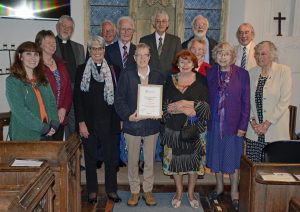
Casting the New Bells of All Saints Liddington
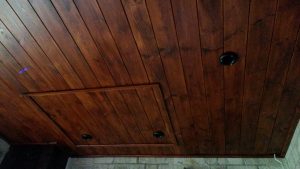
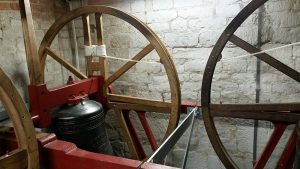
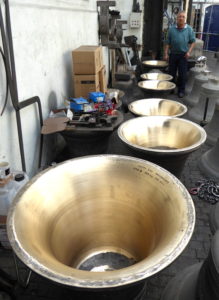
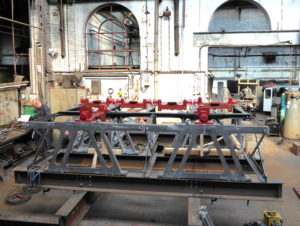
New Bells Cast on Wednesday 11 May 2016
35 people comprising donors, representatives from church, village, and local bell ringers travelled to the John Taylor Bell Foundry in Loughborough to witness the casting of the six new bells for Liddington. This was preceded by a very informative history of the company and an explanation of how and with what the bell moulds and bells are made, as we toured the tuning workshop, ropewalk, carpenters workshop and the museum.
The casting was viewed from the purpose built gallery overlooking the busy foundry floor. The bell moulds had earlier been lowered into the sand filled casting pit. The furnace was roaring away heating the bronze to 1100⁰C, and creating a haze that enveloped the foundry, and at 3.30 pm, the master founder started proceedings. The treble bell was cast first followed by the 2nd, 3rd, 4th, 5th and tenor. Some 20 minutes later, it was all over and our guide led us down onto the foundry floor to take close up pictures.
The ringers amongst the group, some 14 of us, headed to the Bell Foundry tower where we rang for 30 minutes on the delightful peal of 12 bells. For some, this was the first ring on 12 bells and the first on such a light and easy going peal of bells. Well done.
The bell castings were left to cool down for about a week, and then the moulds were broken open and the bells moved to the tuning shop. Ropes, wheels, clappers, and other bell parts were manufactured over the next 6 weeks before they were all delivered to Liddington on Friday 1 July.
